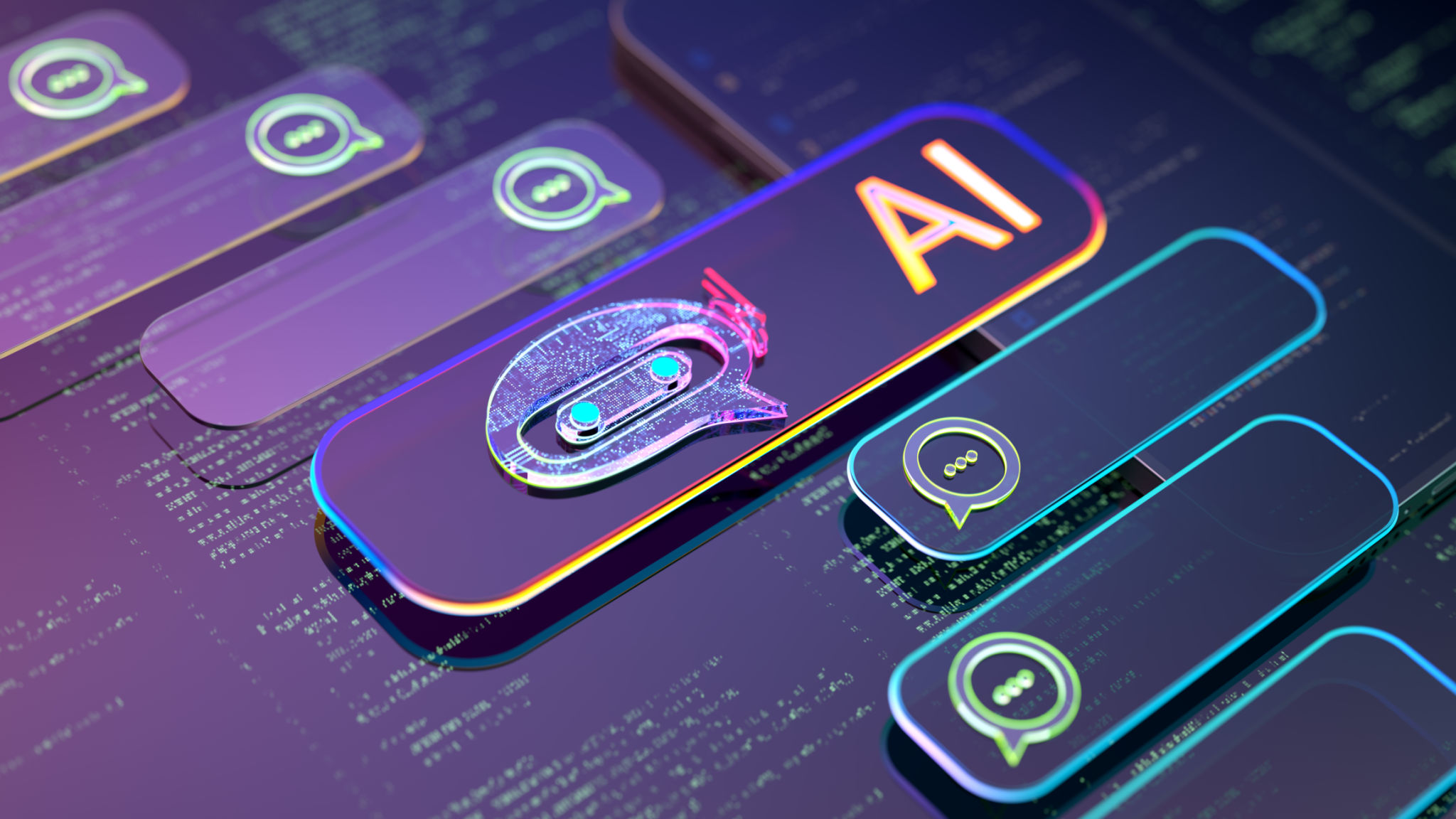Overcoming AI Misconceptions: Separating Hype from Reality
Understanding AI: A Journey Beyond the Myths
Artificial Intelligence has been a topic of fascination and fear, often shrouded in misconceptions that blur its true potential and limitations. While AI promises transformative capabilities, it's crucial to distinguish between what's realistic and what's merely hype. In this blog post, we will explore some common misconceptions and provide clarity on what AI can actually achieve.

Myth 1: AI Will Replace All Human Jobs
One of the most prevalent myths about AI is that it will lead to massive unemployment. While it's true that AI can automate certain tasks, it doesn't mean it will replace humans entirely. In many industries, AI is being used to augment human capabilities, allowing people to focus on more complex and creative tasks.
For example, in healthcare, AI can analyze vast amounts of data to assist doctors in diagnosing diseases, but it cannot replace the nuanced decision-making and empathetic care provided by healthcare professionals. In fact, AI has the potential to create new job opportunities that require skills in managing and interpreting AI systems.
Myth 2: AI Is Infallible
Another common misconception is that AI systems are flawless and can make decisions without error. In reality, AI is only as good as the data it is trained on. Biases in data can lead to biased outcomes, and errors in programming can result in faulty decision-making processes.

Moreover, AI systems lack the ability to understand context or exhibit human-like intuition. Therefore, it's essential for humans to remain involved in AI decision-making processes to oversee and correct any potential mistakes.
Myth 3: AI Can Learn Like Humans
While AI is designed to mimic certain aspects of human learning, it does not possess the ability to learn and understand in the same way humans do. Machine learning algorithms can identify patterns and make predictions based on data, but they lack the cognitive abilities of humans. They do not understand the "why" behind their actions or the moral implications of their decisions.
AI systems require explicit instructions and cannot operate outside their programmed parameters. Human oversight is crucial to ensure that AI applications align with ethical standards and societal values.

Reality Check: What AI Can Truly Achieve
Despite these misconceptions, AI has made significant strides in various fields. Here are a few areas where AI excels:
- Data Analysis: AI can process and analyze large datasets quickly, uncovering insights that would be impossible for humans to detect manually.
- Automation: Routine tasks such as data entry, scheduling, and inventory management can be automated, increasing efficiency and reducing human error.
- Personalization: In marketing, AI can tailor content and recommendations to individual preferences, enhancing customer experiences.
The journey of integrating AI into society is ongoing, and while challenges remain, understanding the realities of AI can help us harness its potential responsibly. By separating hype from reality, we can make informed decisions about how best to deploy AI technologies for the benefit of all.